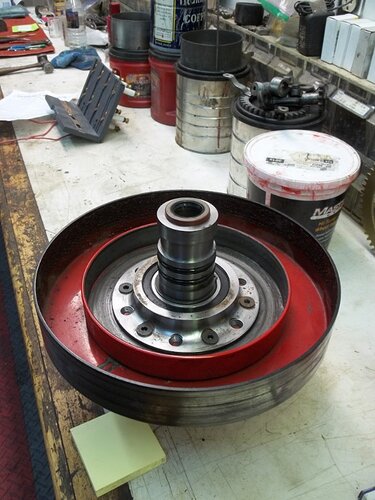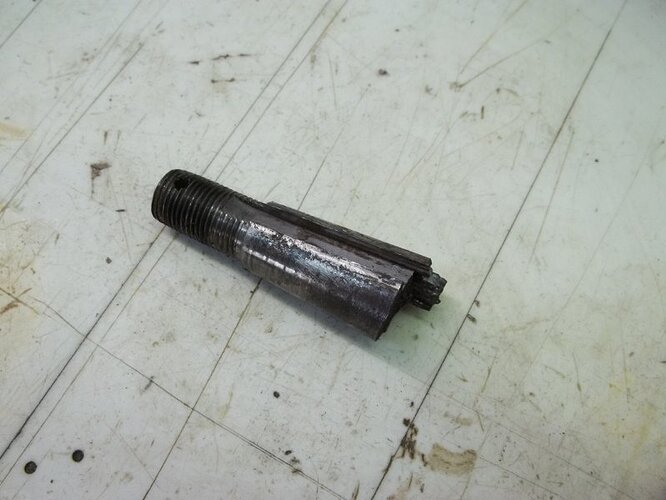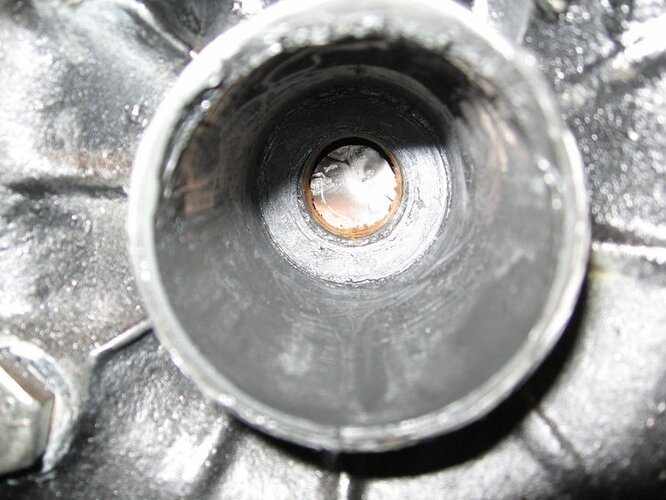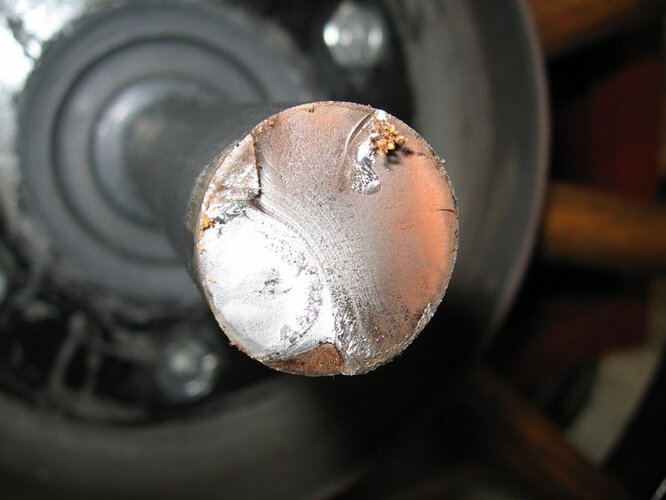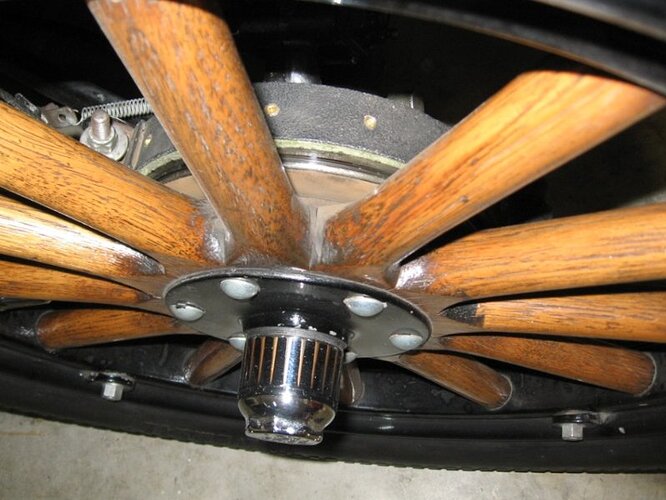My wife and I were on a tour driving our 1911 Touring in the Rocky Mountains, travelling over three passes of over 11,900 feet. After ascending and descending Trail Ridge Road (12,100’) the driver side rear axle broke (see Photo) on a straight portion of road. The car just coasted to a halt, and we were able to safely tow the car to the nearest town to get help. I had installed Safety “Floating” hubs manufactured by John Stoltz several years ago, and had never experienced a broken axle, so all of this was new to me. I must say that the hubs worked PERFECTLY, and provided a safe situation with a broken axle. I have seen many Model T’s break an axle where the wheel came off and the safety of the driver and passenger were in question, but NOT with Stoltz’s Floating hubs. My thanks to John Stoltz, for manufacturing a wonderful safety item for my Model T…my wife also thanks John! ![]()
![]()
![]()
One thing I failed to mention was that the driver side wheel stayed in place and we were able to coast safely to the side of the road.
I’ve been driving stock Model T’s for almost 60 years, and have never used safety hubs, and never intend to either! Ford’s design is fine with me. I agree with Russ that the safety hubs offer a degree of safety, but is it worth the effort?
I’m running them on my Roadster. A great safety item when running in the mountains of the West.
This is only a guess, but I think possibly the reason the axle shaft broke is because of the safety hub! That style of hub is too rigid. If you look at a Ford axle bearing, they allow for flexing. The safety hub probably doesn’t do that.
Glad everyone was OK after the failure. I had an axle shaft break on my '24 where the old style leather oil seal rubbed on the axle shaft. Fortunately the wheel didn’t come off. ![]()
The trouble with the repro metal retainers, is there is way to much tension on on tabs. Bend them out until they will not dig into your axle. Typical reproduction!
